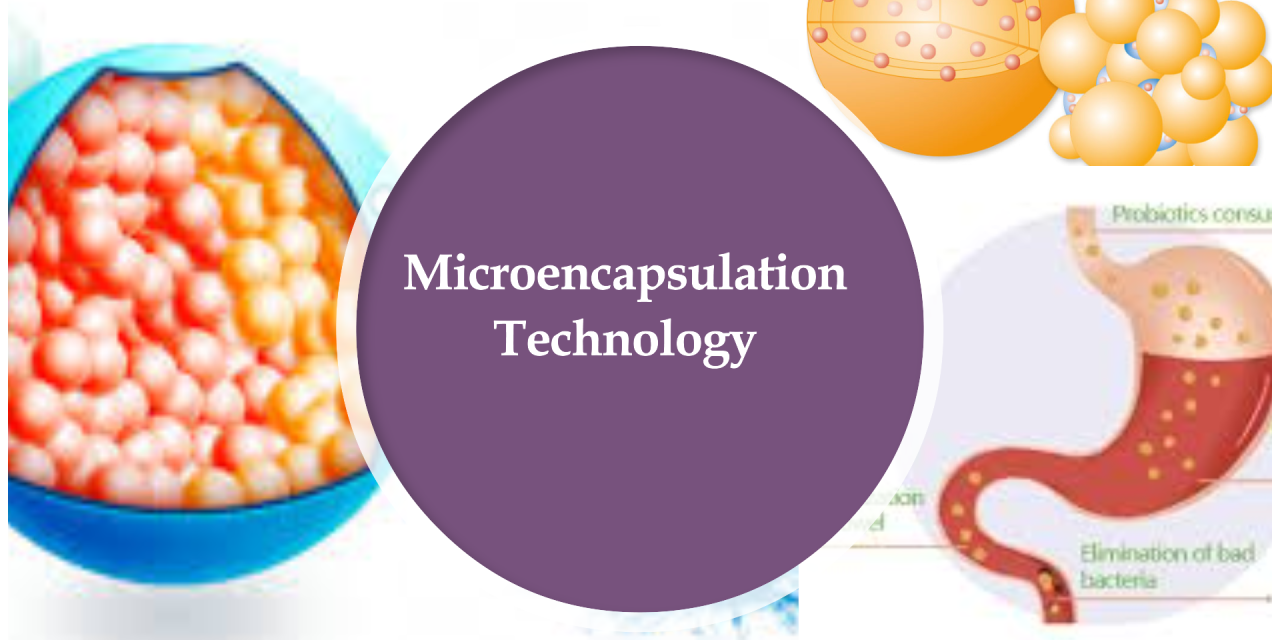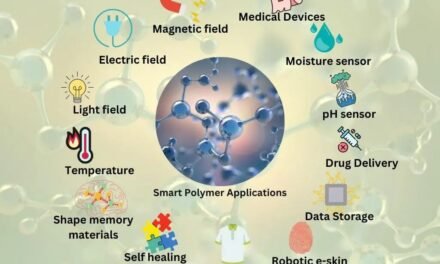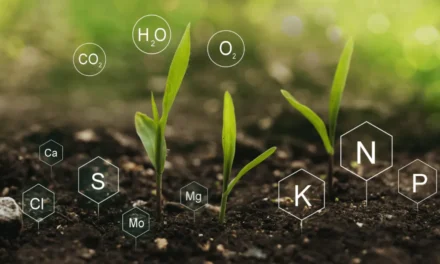Microencapsulation technologies have a transformative impact on the specialty chemicals industry by enabling controlled release, enhanced stability, and targeted delivery of active ingredients. These technologies involve enclosing active substances within a protective coating or matrix, offering significant benefits across industries such as pharmaceuticals, agriculture, cosmetics, food, and textiles. Here’s an in-depth analysis of their impact:
1. Enhanced Stability of Active Ingredients
- Protection from Degradation:
- Microencapsulation shields sensitive chemicals from environmental factors like light, oxygen, heat, and moisture.
- Example: Encapsulation of volatile or light-sensitive fragrances in personal care products.
- Extended Shelf Life:
- Improved stability extends the usability of products containing encapsulated active ingredients.
2. Controlled Release
- Targeted Delivery:
- Microencapsulation allows the precise release of active ingredients at the right time, location, or condition.
- Example: Fertilizers with encapsulated nutrients release essential minerals gradually, minimizing nutrient loss and environmental impact.
- Sustained Performance:
- Gradual release enhances the effectiveness of active ingredients over an extended period.
- Example: Microencapsulated pharmaceuticals ensure consistent drug release for better therapeutic outcomes.
3. Improved Safety and Handling
- Reduced Toxicity:
- Encapsulation reduces direct exposure to hazardous chemicals, improving safety during handling and application.
- Example: Encapsulation of insecticides reduces risks to applicators and non-target organisms.
- Ease of Application:
- Encapsulated formulations are often easier to handle and apply, reducing waste and enhancing efficiency.
4. Multi-Functionality in Products
- Layered Encapsulation:
- Multiple layers in microcapsules allow for sequential release of different active ingredients.
- Example: Multi-layered capsules in cosmetics release moisturizing agents and anti-aging compounds sequentially.
- Combination of Incompatibles:
- Encapsulation enables the inclusion of chemically incompatible ingredients in the same formulation.
- Example: Combining hydrophilic and hydrophobic active agents in a single product.
5. Applications Across Industries
- Agriculture:
- Microencapsulation is widely used for pesticides, herbicides, and fertilizers, ensuring efficiency and environmental safety.
- Example: Controlled-release nitrogen fertilizers reduce leaching and greenhouse gas emissions.
- Pharmaceuticals:
- Enables targeted drug delivery and improved bioavailability.
- Example: Microencapsulated probiotics enhance stability and survival through the gastrointestinal tract.
- Cosmetics and Personal Care:
- Used for fragrance delivery, active skincare ingredients, and color change effects.
- Example: Encapsulation of retinol prevents oxidation and enhances penetration into the skin.
- Food Industry:
- Protects sensitive nutrients and flavors, ensuring freshness and improved sensory profiles.
- Example: Encapsulation of vitamins and minerals in functional foods.
- Textiles:
- Embedded capsules in fabrics offer functionalities like fragrance release, insect repellency, or temperature regulation.
- Example: Microcapsules in sportswear that release cooling agents during intense activity.
6. Reduction of Environmental Impact
- Minimized Waste:
- Encapsulation reduces the overuse and loss of chemicals in applications such as agriculture and coatings.
- Biodegradable Coatings:
- Use of bio-based and biodegradable materials in encapsulation supports environmental sustainability.
- Pollution Control:
- Encapsulation of volatile organic compounds (VOCs) minimizes emissions during product use.
7. Customization and Innovation
- Tailored Release Profiles:
- Microencapsulation allows customization of release rates based on specific needs.
- Example: Rapid-release encapsulation for emergency pharmaceuticals versus slow-release formulations for long-term effects.
- Functional Coatings:
- Coatings can be designed to respond to environmental triggers like pH, temperature, or pressure.
- Example: pH-sensitive microcapsules in detergents release enzymes only in optimal washing conditions.
8. Cost Efficiency and Scalability
- Reduction in Active Ingredient Usage:
- Controlled release reduces the quantity of active ingredients needed, lowering costs.
- High-Volume Production:
- Advances in microencapsulation methods like spray drying, coacervation, and fluidized bed coating support scalable production.
- Waste Minimization:
- Efficient delivery of active agents minimizes waste and maximizes the value of inputs.
9. Emerging Technologies
- Nanocapsules:
- Ultra-small capsules enhance penetration and efficacy, especially in pharmaceuticals and cosmetics.
- Smart Encapsulation:
- Use of stimuli-responsive materials for on-demand release.
- Example: Temperature-activated capsules for textile applications.
- 3D Printing:
- Advanced encapsulation using additive manufacturing techniques for highly precise delivery systems.
- Green Encapsulation Materials:
- Development of eco-friendly polymers and natural materials for sustainable encapsulation.
10. Challenges and Opportunities
- Material Compatibility:
- Ensuring compatibility between the active ingredient and encapsulating material is critical.
- Opportunity: Advances in material science to expand compatibility options.
- Cost Concerns:
- Encapsulation can increase upfront costs.
- Solution: Long-term efficiency gains and reduced waste offset initial expenses.
- Regulatory Compliance:
- Ensuring safety and approval for encapsulated products, especially in food and pharmaceuticals.
- Opportunity: Clear guidelines and certifications support market acceptance.
11. Future Outlook
- Integration with AI and IoT:
- Intelligent monitoring systems for real-time performance tracking of encapsulated products.
- Expansion into New Industries:
- Applications in energy storage, biomedicine, and advanced manufacturing.
- Sustainability Focus:
- Growth in biodegradable and renewable encapsulation materials to align with global sustainability goals.
Conclusion
Microencapsulation technologies are revolutionizing the specialty chemicals industry by enhancing product functionality, efficiency, and sustainability. Their versatile applications across diverse sectors make them a cornerstone of innovation, addressing both consumer needs and environmental challenges. As technology advances, microencapsulation will continue to expand its impact, driving growth and innovation in specialty chemicals and beyond.
Hashtags
#Microencapsulation #AdvancedEncapsulation #EncapsulationTechnologies #SmartDeliverySystems #InnovativeChemistry #SpecialtyChemicalsInnovation #EncapsulationInChemicals #MicroencapsulationForIndustry #ChemicalsInAction #AdvancedMaterials #ControlledReleaseTechnology #TargetedDelivery #EnhancedProductPerformance #EfficientFormulations #NextGenMaterials #CosmeticEncapsulation #PharmaEncapsulation #FoodAndBeverageTech #AgriEncapsulation #IndustrialChemicals

















